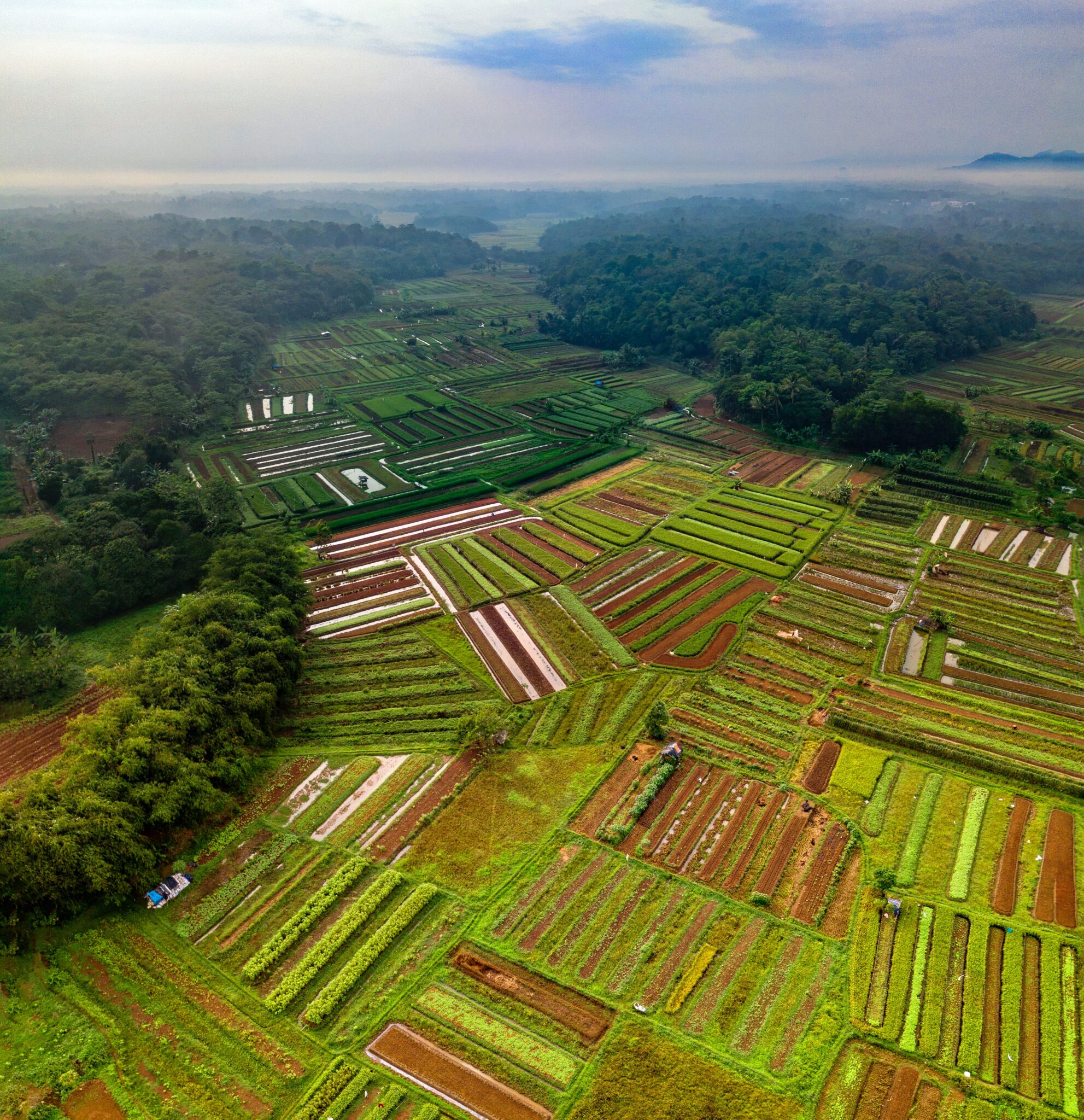This content was created by the Data Sharing Coalition, one of the founding partners of the CoE-DSC.
Today, the Data Sharing Coalition presents a report on the most important findings of the Weed Robot use case where agricultural IoT data is shared across domains. In the agricultural industry, IoT data sharing use cases consist of different data services from scanning, analysing, and acting parties, which are combined to create value to an end user. This report consists of the use case design, insights on the context of the use case and insights on how the use case can be implemented in a scalable way to other use cases with similar roles.
Harmonisation of data services and a low- latency data exchange infrastructure are key
Through multiple workshops, KPN and the Data Sharing Coalition created a use case design (including a data sharing interaction model and an overview of business, legal, operational, functional, and technical requirements for sharing data) for sharing IoT data to combat ‘volunteer potato’, a specific type of weed.
In this use case, a Service Provider combines the data services of scanning, analysing, and acting parties to provide a simple and concrete service to a Farmer (e.g. a clean hectare of field with limited use of pesticide). For the ‘volunteer potato’ a robot drives across the land with cameras mounted on the front (scanning) and pesticide spot sprayers on the back to combat these weeds (acting). Therefore, realising an infrastructure that facilitates low-latency data sharing is essential to realising the use case. The KPN Data Services Hub, combined with their 5G network, provides an infrastructure which supports this low-latency data sharing.
To realise this use case, various data services need to be integrated (scanning, analysing, acting), which all adhere to differing rules and standards. This means that the Service Provider needs bespoke implementations for each data service, which is an inefficient and costly process. Harmonised multilateral agreements on various aspects of each data service (e.g. security, business model, authorisations) minimises these differences.
This use case is a first step towards many-to-many sharing of agro-robotic data
The use case is designed in such a way that it is generically applicable to other data sharing use cases that combine scanning, analysing, and acting parties. The main difference with these other use cases is the nature of the scanning, analysing, and acting data service: What raw data results from the scanning service, what analysis is performed on this data and what action is performed based on the instructions from the analysing service. This means that most of the design for this data sharing use case can be reused to enable other use cases, as long as agreements that apply specifically to a certain data service are modified (e.g. data standards, service level agreements, etc.). KPN is actively working on potential use cases based on this generic design, including emergency services and predictive maintenance.
More details on the findings can be found in the report.
If you would like to get involved in the use case (e.g. as an agro-robot manufacturer or analysing party), please send us an email: [email protected]




